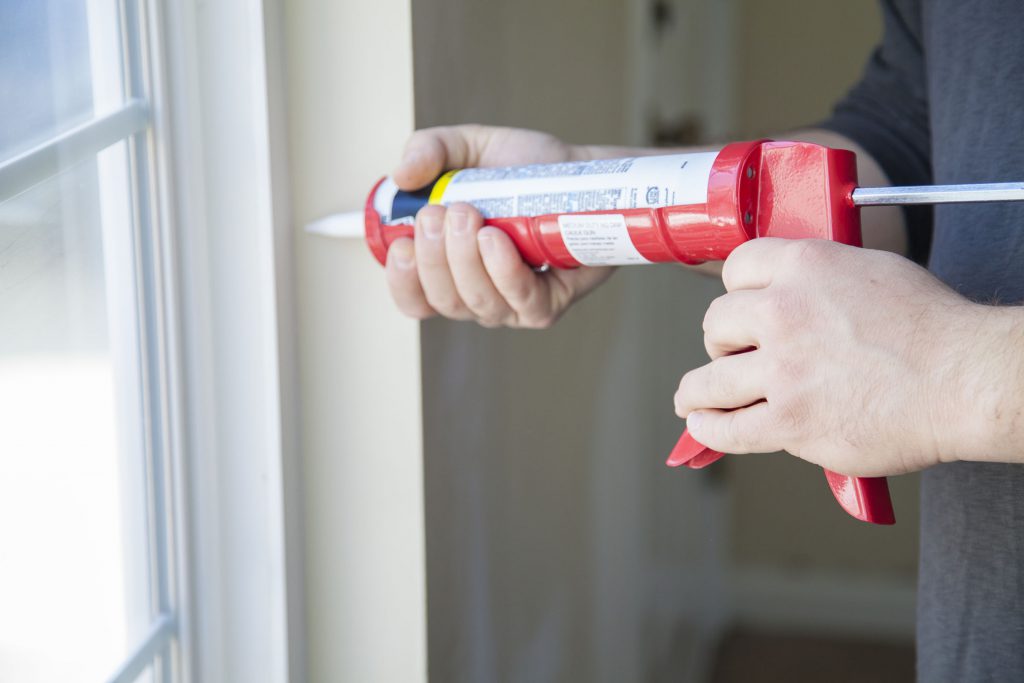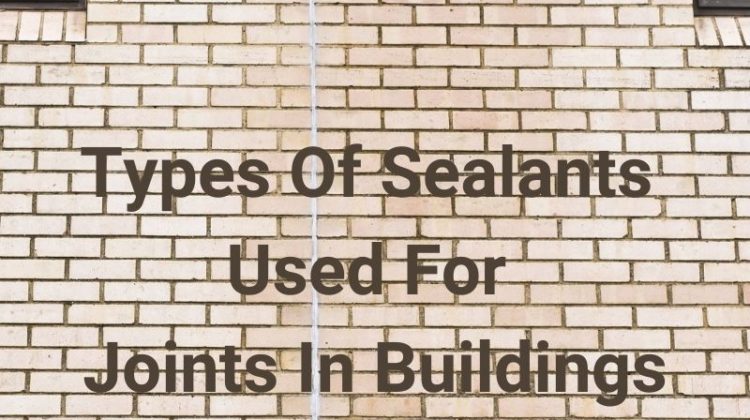A construction joint is a type of concrete joint between two concrete elements, in such a way that the second one has been placed against or on the first one and that allows for some horizontal movement (due to changes in temperature or humidity) while being rigid against rotational and vertical movement. These joints can be horizontal, as in the case of pillars, or vertical, as in slabs, and their location must be indicated in the project plans. Joints also improve the appearance of an interior, optically reducing any possible inaccuracies in the arrangement of the tiles. Their width depends on the dimensions of the tiles or slabs and the conditions in which the cladding is to work.
In case of significant temperature fluctuations (e.g. on building exteriors or with floors with underfloor heating), the joints must be wider to allow thermal deformation of the tiles and the substrate below them. They should also be highly flexible.
Joints that are too stiff (especially on external walls of the building, terraces, and external stairs, floors with underfloor heating, wood-based or plasterboard substrates, or where the adhesive is much more flexible than the joint compound) may crack. For aesthetic reasons, wide joints (which, however, are more difficult to make than narrow ones) also look better with larger tiles. By using higher quality tiles, we can improve the appearance of the wall by making wider joints.
A caulking seal is a type of material that is used to fill all kinds of construction joints and gaps, between frames and walls and window sills, sanitary appliances with ceramic tiles, or skirting boards mounted to not always even plasters and keep unwanted air and water from getting into these building materials and damaging them. Sealants are used for example in windows caulking or exterior caulking to help with the maintenance and care of buildings and if chosen and used right they help preserve construction materials and reduce damage.
When choosing a caulking seal it is necessary to know the answer to the following questions:
What material do you want to seal?
When we think about what we want to seal, we should consider the type of material first. Sealants can be applied in different places and/or materials, such as the kitchen or bathroom, on marble, tiles, on windows, on glass or aluminum.
What is the condition of the joint?
Sealing gaps and cracks (as done during windows caulking or exterior caulking for example) is done in order to avoid leaks and to withstand movement, high temperatures and ultraviolent light (UV) exposure.
Are there any special requirements?
Some determining factors to take into account can be: temperature, weather, indoor sealing, or outdoor sealing.
What are the main types of sealants?
The following are the most common types of sealants used in building construction:
- Silicone
- Hybrid
- Acrylic
- Polyurethane
The EN ISO 11600 standard classifies sealants for building construction according to the type of application. Each category is divided into different classes depending on the movement capacity of the sealant.
1. Silicone-based sealants
Silicone sealants are a liquid form of adhesive that’s resistant to moisture, chemicals and outdoor weather conditions. Ideal for sealing cracks that need to be waterproof and durable, useful for repairing small water leaks; for surfaces such as glass, aluminum, metal, some plastics, porcelain and tiles. One of the characteristics that make it stand out from other sealants is that it prevents the formation of fungi, which allows its application in kitchens and bathrooms. Silicone-based sealants are highly flexible and are mainly used for: PVC, aluminum and wood joinery, bathtubs, sinks, tiles and ceramics, and sound, water and dust insulation of vehicles, but are also mainly used in window caulking.
2. Acrylic-based sealants.
Acrylic sealants (also known as decorators caulk, painters caulk or decorators acrylic) are synthetic, water-based ingredients used for sealing around metal pipes, cables, conduits, busways and ducts which penetrate walls or floors. Acrylic sealants are used for indoor connection joints in windows and doors. It can also be placed as a filler in interior and exterior cracks, an advantage of these sealants is that they are easy to apply since it is done with a caulking gun which is very handy – it has a nozzle that helps to distribute the product evenly.
3. Polyurethane-based sealants
Polyurethane sealants are among the most widely used type of sealant for both new and renovation construction projects. Polyurethane is and organic material that works well to seal cracks in walls, cisterns, door frames, among other prefabricated elements. It offers excellent adhesion on all types of materials such as: concrete, wood, asbestos, steel, aluminum and glass. It can be painted over and is resistant to most weather conditions.
4. Hybrid sealants
Hybrid sealants are relatively new technology and are a combination of silicone and polyurethane bases. Hybrid sealants bond well to many different types of materials: concrete, wood, aluminium, metals, coated, polyester, glass, ceramics and stone. They are commonly used in industrial trucks, containers, air conditioners, and ventilation units, composite panels, and other industrial applications.
Professional Windows Caulking

Bart Tuck Pointing Chicago provides top quality tuckpointing and masonry services, as well as window caulking and balcony waterproofing. Our professional tuck pointing company serves Chicago homeowners who need high-quality windows caulking and exterior caulking and any other masonry services done on their property.


